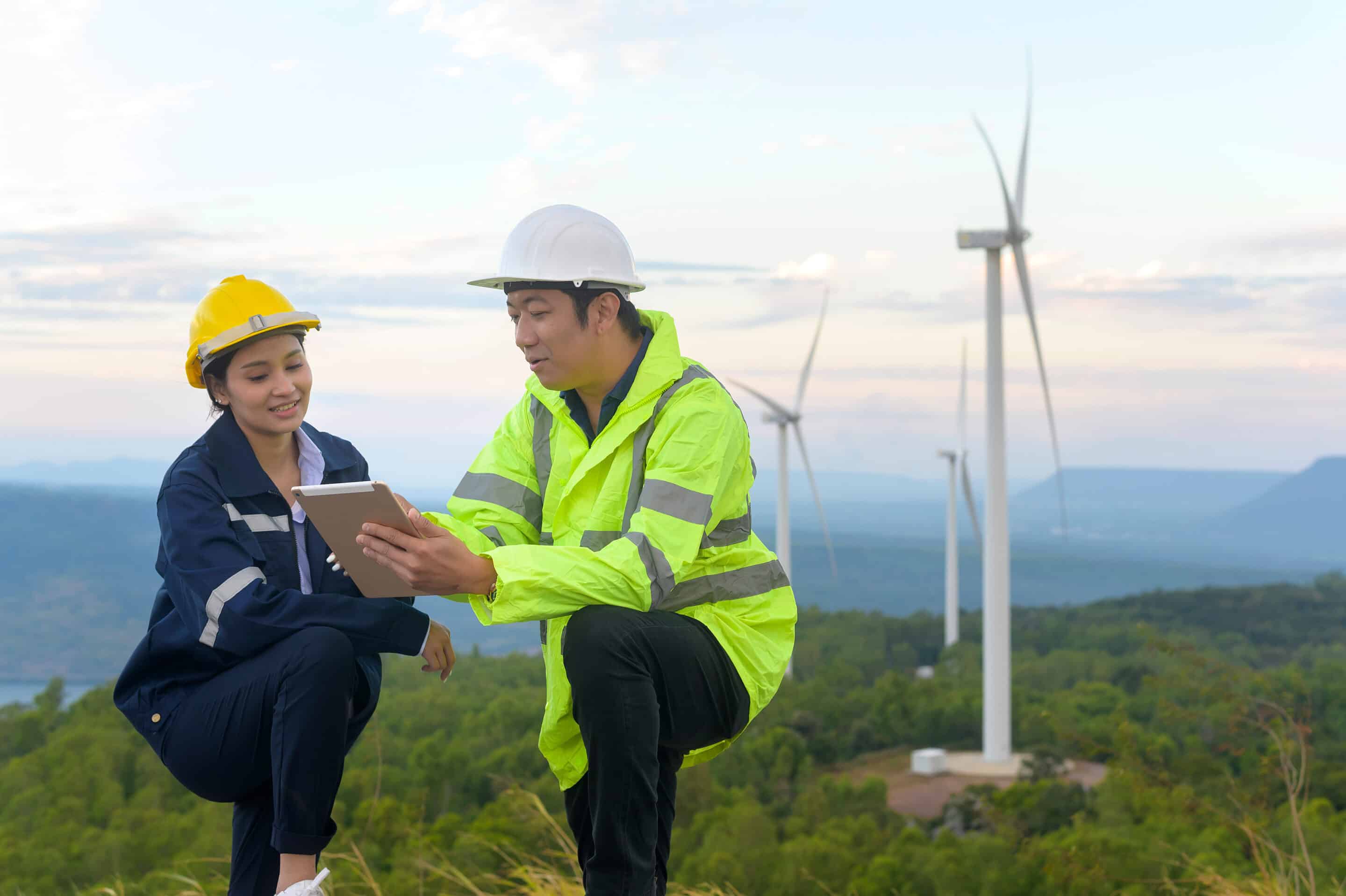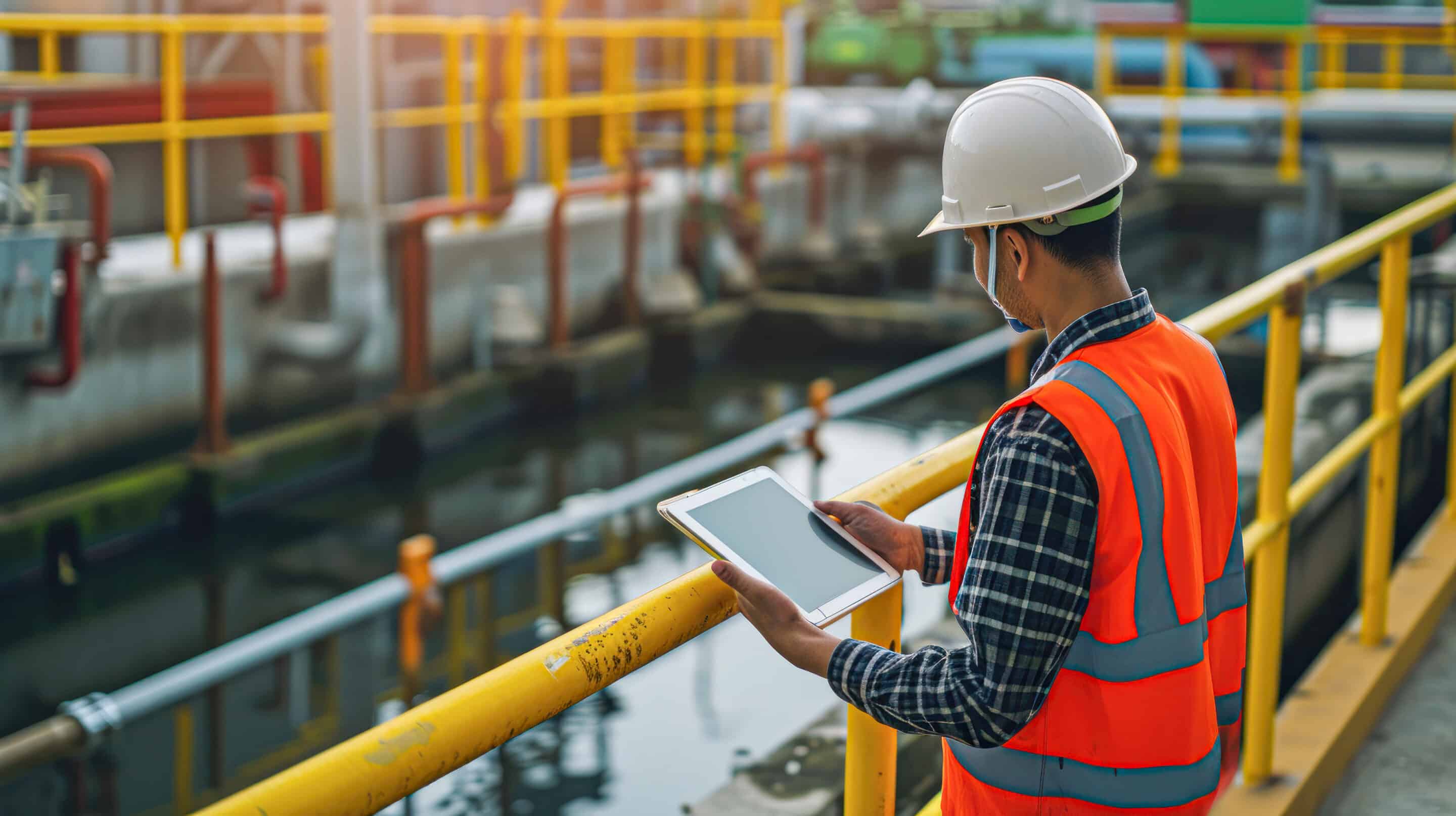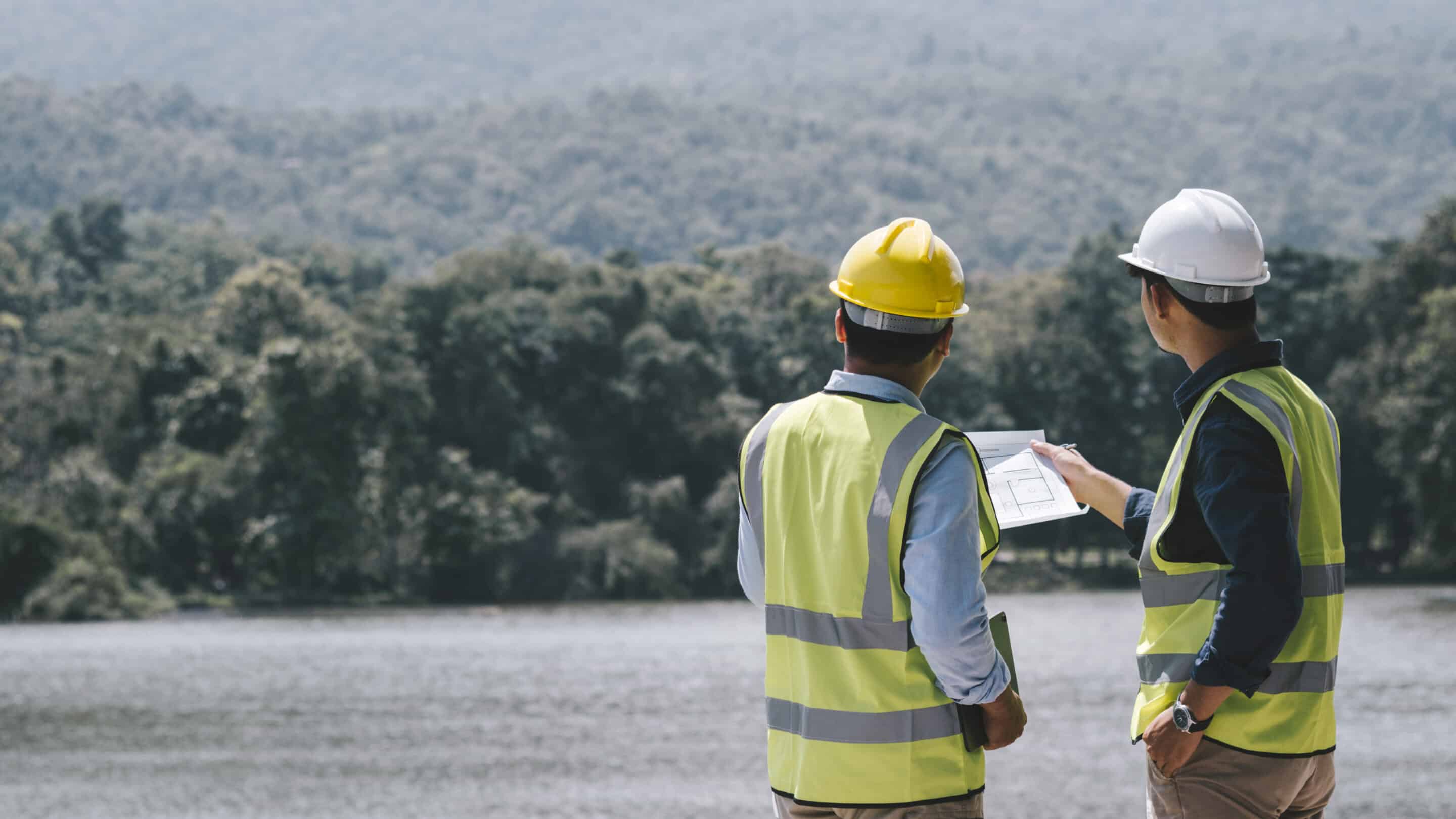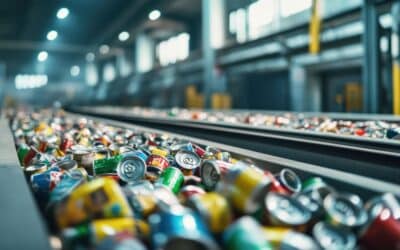What Small Businesses Need to Know About the ISO 14001:2026 Update
The ISO 14001:2015 standard for environmental management systems (EMS) is getting an important update — with the final version expected in January 2026. This change will help businesses of all sizes. This includes small and medium enterprises. They will better manage environmental risks. They can also improve sustainability. This will help them meet the growing expectations of customers, investors, and regulators.
Why This Update Matters
Since the last version came out in 2015, the world of business and sustainability has changed a lot. Today, people expect environmental responsibility, not just as a bonus. The new ISO 14001:2026 will help you:
- Better align your environmental goals with your business strategy
- Improve risk management and business resilience
- Communicate environmental performance more clearly and credibly
What’s Changing in ISO 14001:2015?
Here are the key updates small businesses should look out for:
- Easier to Understand: Language has been simplified, and extra notes will clarify how to meet requirements.
- Stronger Risk Planning: More focus on planning for environmental changes and business disruptions.
- Better Reporting: There’s a push for clearer, more transparent reporting on your environmental performance.
- Supply Chain Focus: You’ll need to look beyond your business to consider the environmental impact of your suppliers and partners.
- Support for Digital Tools: Businesses are encouraged to use tools like data analytics or smart monitoring to manage their environmental performance.
- Aligned with Other Standards: The structure will better match other ISO standards like ISO 9001 (Quality) and ISO 45001 (Health & Safety).
Important Themes to Watch
1. Climate Action
- You’ll be expected to: Consider how climate change affects your business (and how your business impacts the climate)
- Build climate goals (like emissions reduction) into your EMS
- Think long-term: adaptation, resilience, and sustainability
2. Life Cycle Thinking
Instead of just focusing on what happens in your building, you’ll need to:
- Look at the full life of your product or service — from sourcing materials to disposal
- Consider environmental impacts at every stage
- Encourage suppliers to support sustainability, too
3. Risk and Resilience
Risk management will be a key part of the updated ISO 14001:
- Identify risks like extreme weather or changing environmental laws
- Plan for emergencies (floods, fires, supply chain issues)
- Keep documentation to show your risk strategies
4. Sustainability in the Supply Chain
You’ll be encouraged to:
- Source materials responsibly
- Work with suppliers who meet environmental standards
- Think about the full environmental impact of what you buy and sell



What’s the Timeline?
- ISO 14001:2026 Draft Version Early to Mid-2025
- ISO 14001:2026 Final Draft December 2025
- ISO 14001:2026 Official Release January 2026
- ISO 14001:2015 to 2026
- Transition Period 12–18 months (likely)
This gives your business time to understand and adapt to the changes without pressure.
How to Prepare (Without Starting from Scratch)
You don’t need to overhaul your system. Here’s a three-step approach:
- Evaluate What You Already Do
- What are you already doing right regarding climate, supply chain, and risk?
- Keep what works, and improve what’s missing.
- Make Small, Smart Adjustments
- Add climate risks to your environmental assessments
- Update supplier policies to include sustainability
- Strengthen emergency and resilience planning
- Go Beyond Just “Complying”
- Think ahead about future environmental challenges
- Position your business as environmentally responsible — this builds trust with customers
Real-World Examples for Small Business
- Manufacturing: Update your environmental policy to commit to reducing emissions and evaluate supplier risk from climate-related disruptions.
- Retail or Clothing Brand: Use sustainable materials, work with suppliers who reduce waste, and offer recycling options for old products.
- Food or Agriculture: Plan for droughts or floods affecting supply. Build climate-related risks into your business continuity planning.
Final Takeaway
The ISO 14001:2026 update isn’t about adding more paperwork — it’s about helping you run a better, more resilient, and future-ready business. With small steps now, you can strengthen your EMS, meet new expectations, and stand out in a world that values sustainability.
Core Business Solutions expert EMS consultants can help if the changes sound overwhelming. Call 866-354-0300 or email info@thecoresolution.com to speak to a consultant today.



